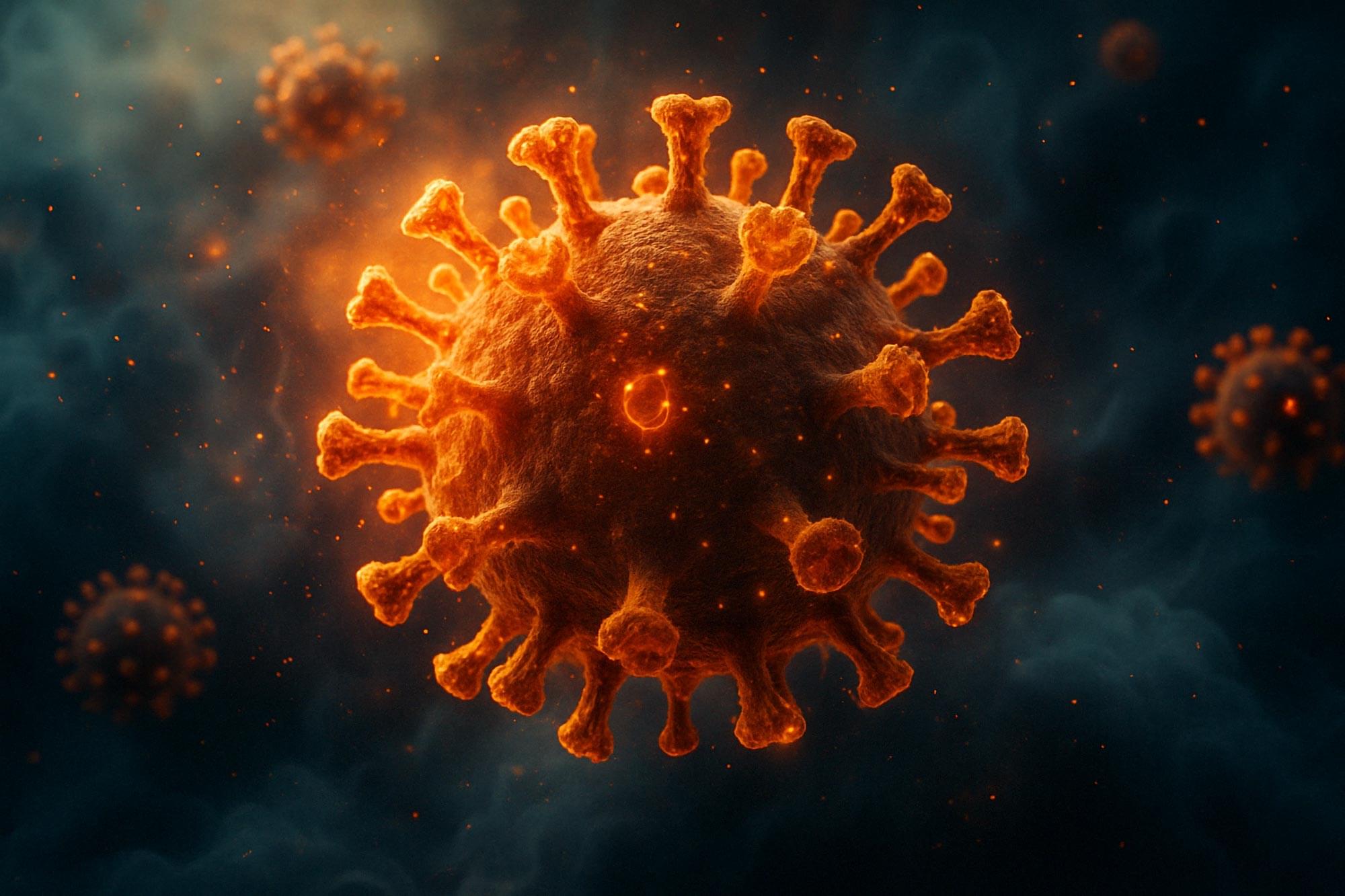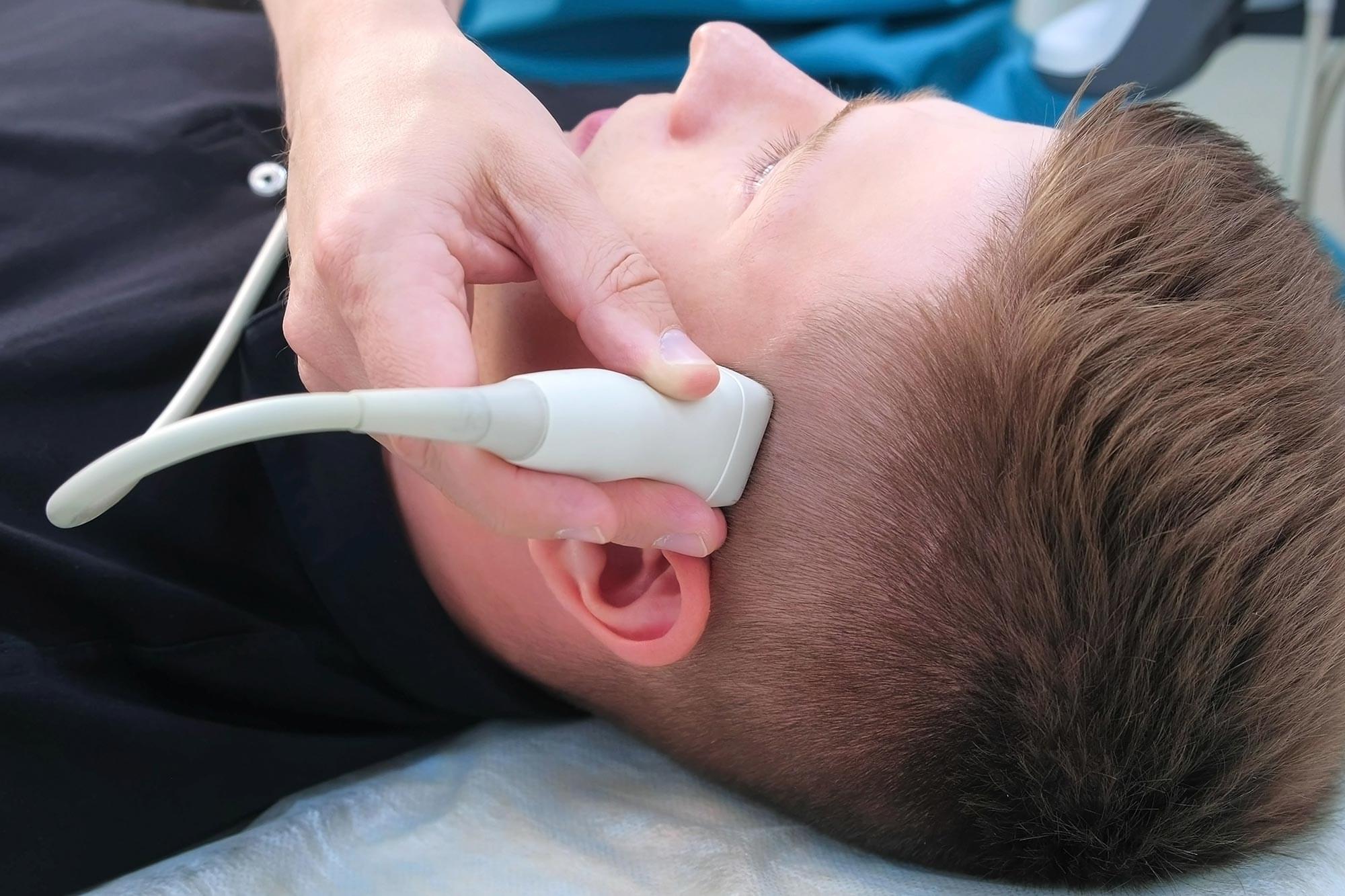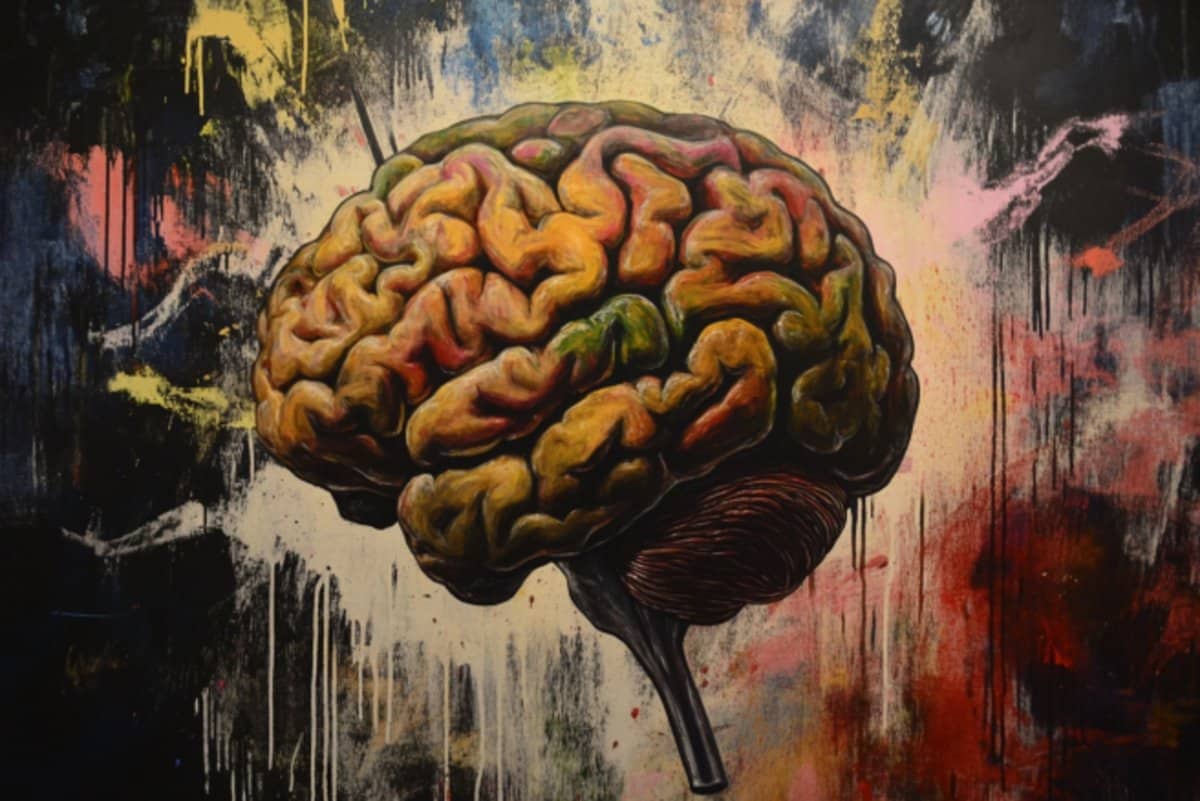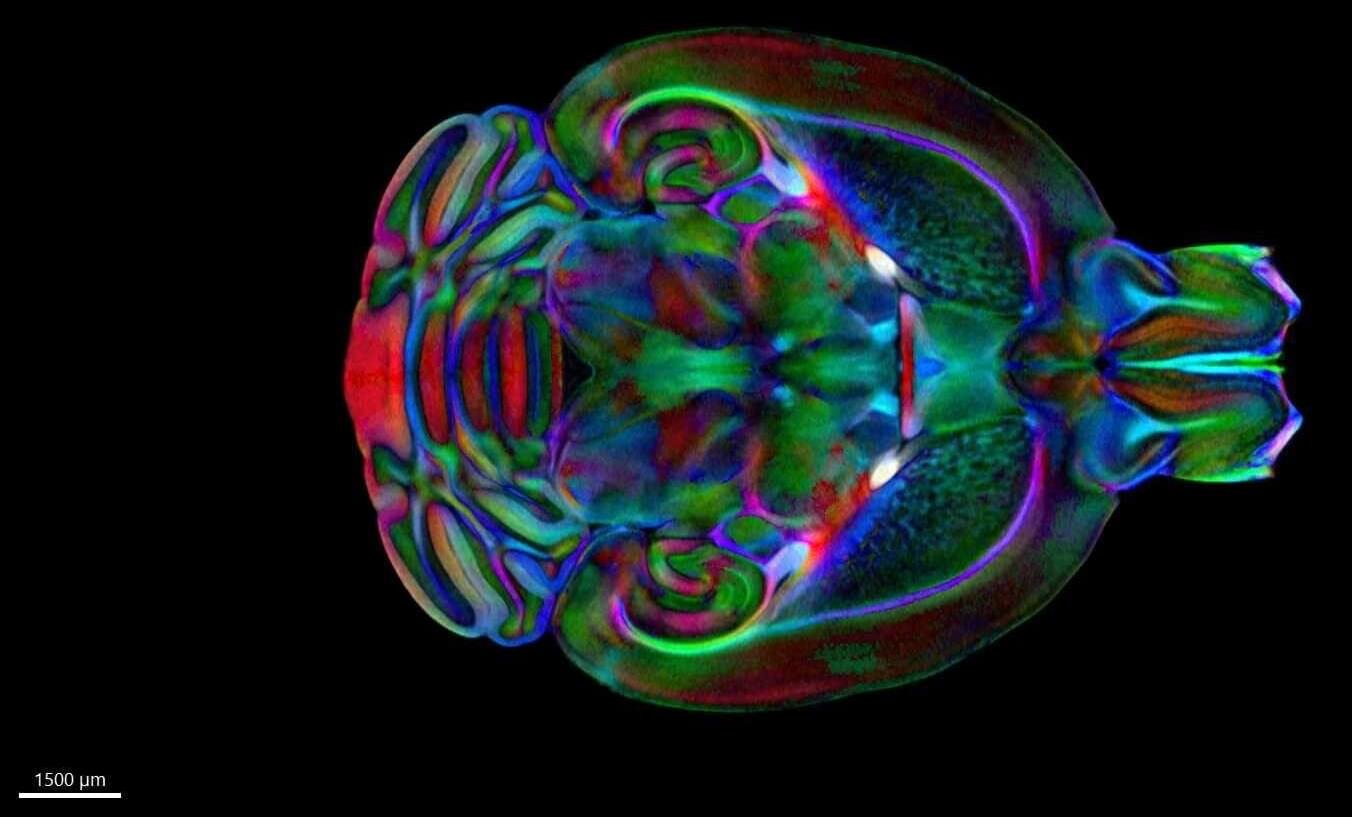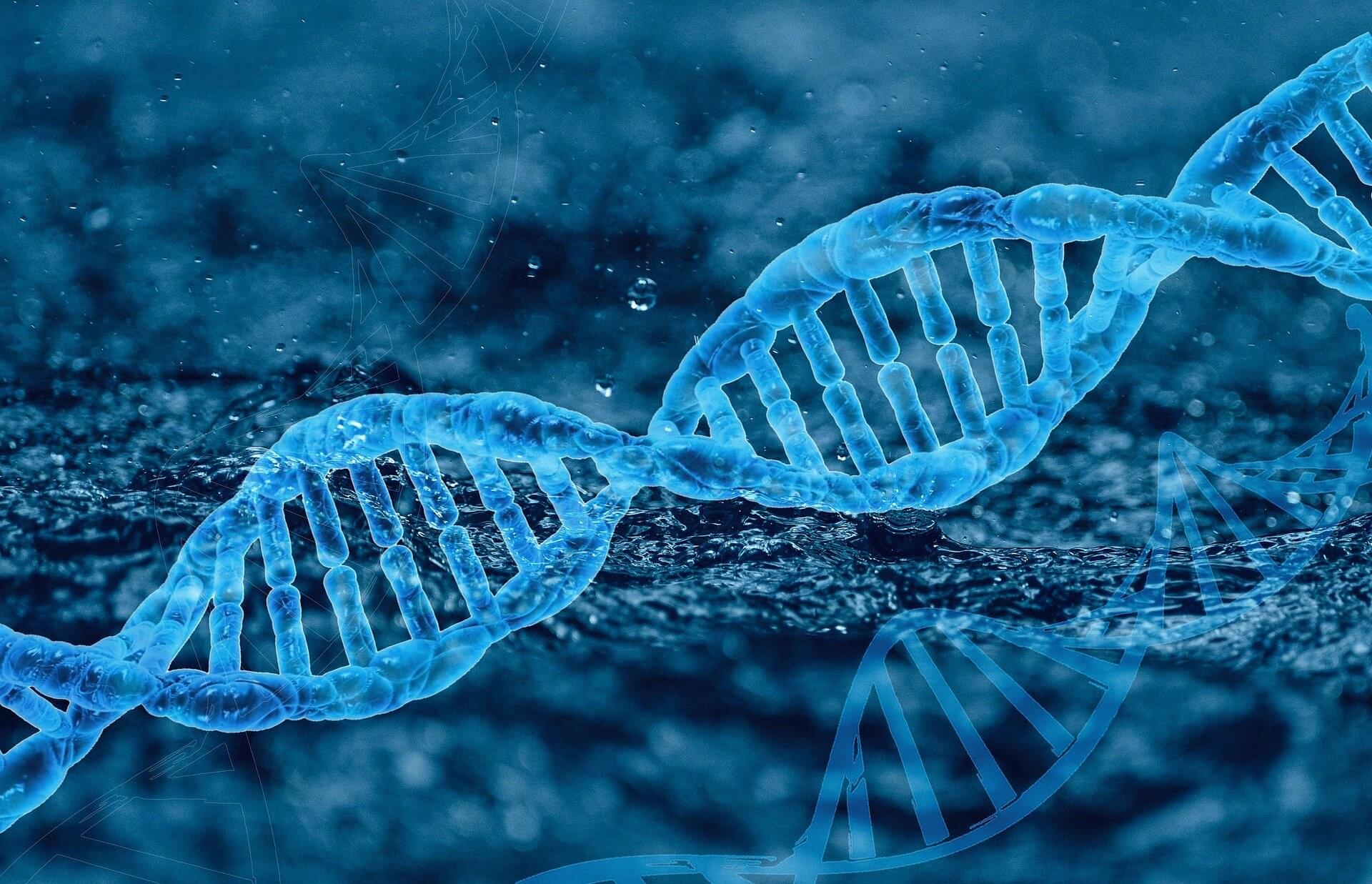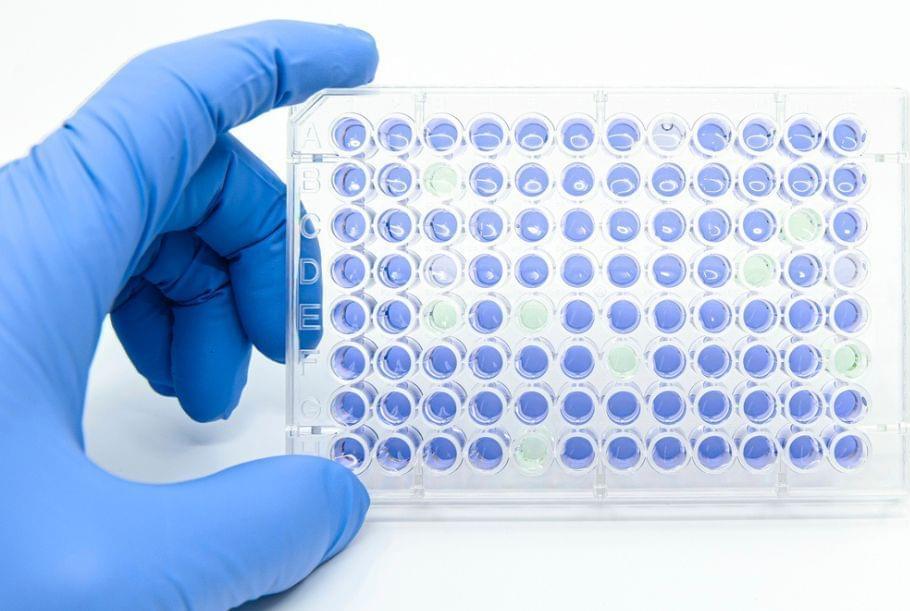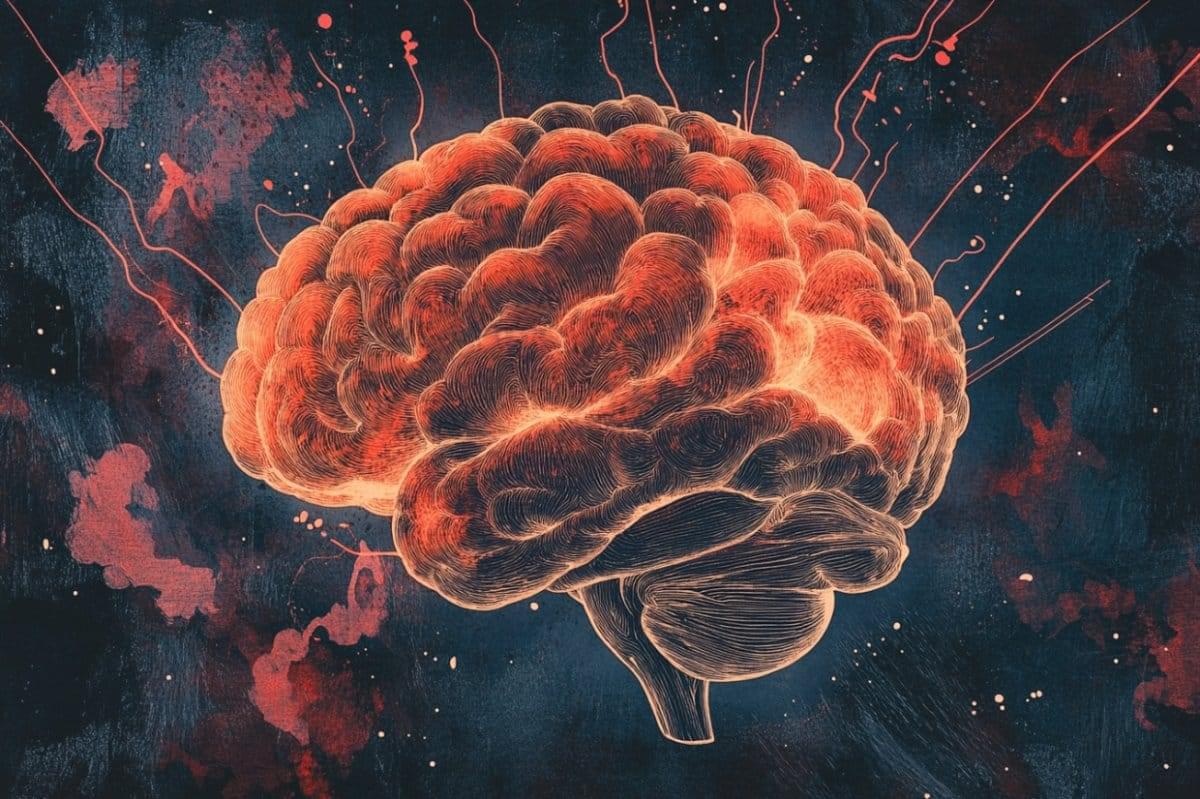Aiming to reduce recurrent stroke in patients with embolic stroke of unknown source (ESUS), recent trials have compared direct oral anticoagulants (DOACs) to aspirin, but results have been neutral. For example, the ARCADIA trial compared apixaban versus aspirin in patients with ESUS and evidence of atrial cardiopathy, finding no difference. Now, researchers report results of an MRI substudy of ARCADIA, in which patients underwent a baseline and end-of-study MRI. This analysis compares the rate of MRI-detected covert (silent), nonlacunar stroke in the two treatment groups.
Of the 1,015 patients in the parent trial, 310 patients enrolled in the MRI substudy, of whom 174 patients had image quality sufficient for analysis. In these 174 patients (mean age, 66 years; 48% women), the aspirin group had higher rates of diabetes (30% vs. 20%) and previous stroke or transient ischemic attack (26% vs. 15%). During a median follow-up of 811 days, the rate of covert nonlacunar infarcts was significantly lower in the apixaban group than the aspirin group (5% vs. 18%). However, rates of symptomatic nonlacunar stroke did not differ significantly between the two groups (4% apixaban, 8% aspirin; P =0.30).
This study is useful for hypothesis generation, but it is not conclusive. The patients in the MRI substudy were imbalanced in key baseline characteristics, and the small overall number of outcome events makes the results tenuous. Right now, DOACs are not first-line treatment for patients with ESUS-type strokes.
